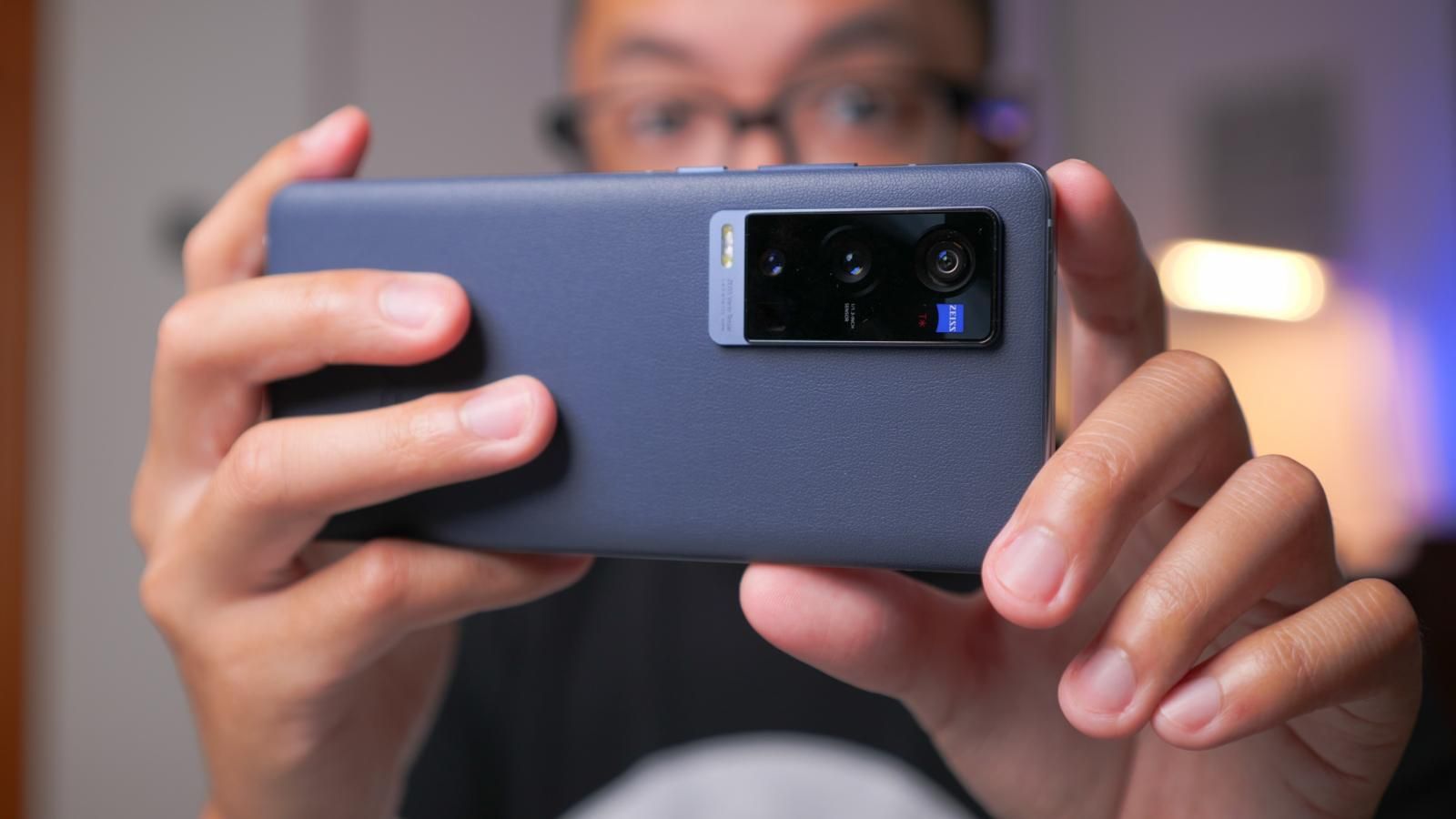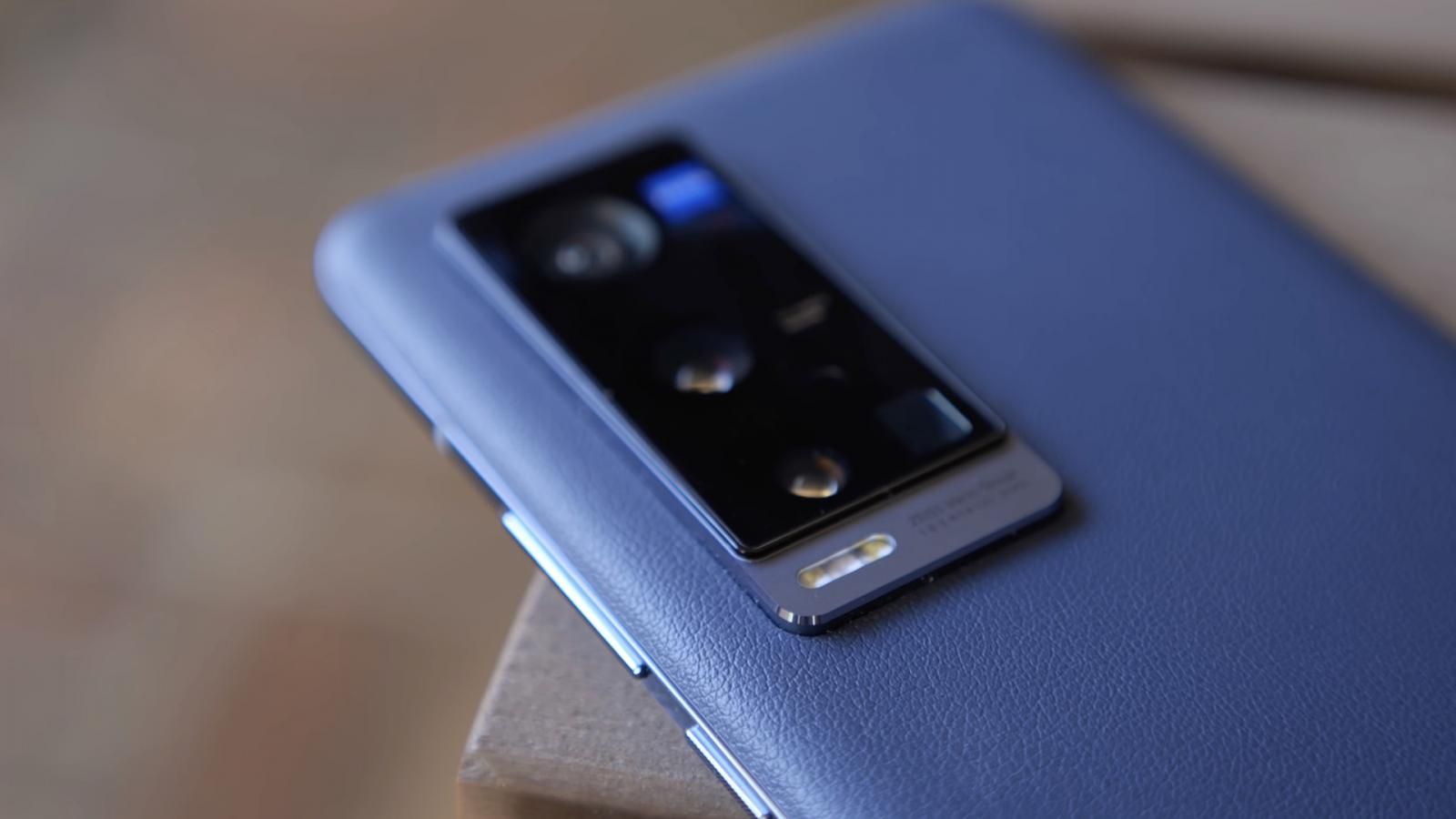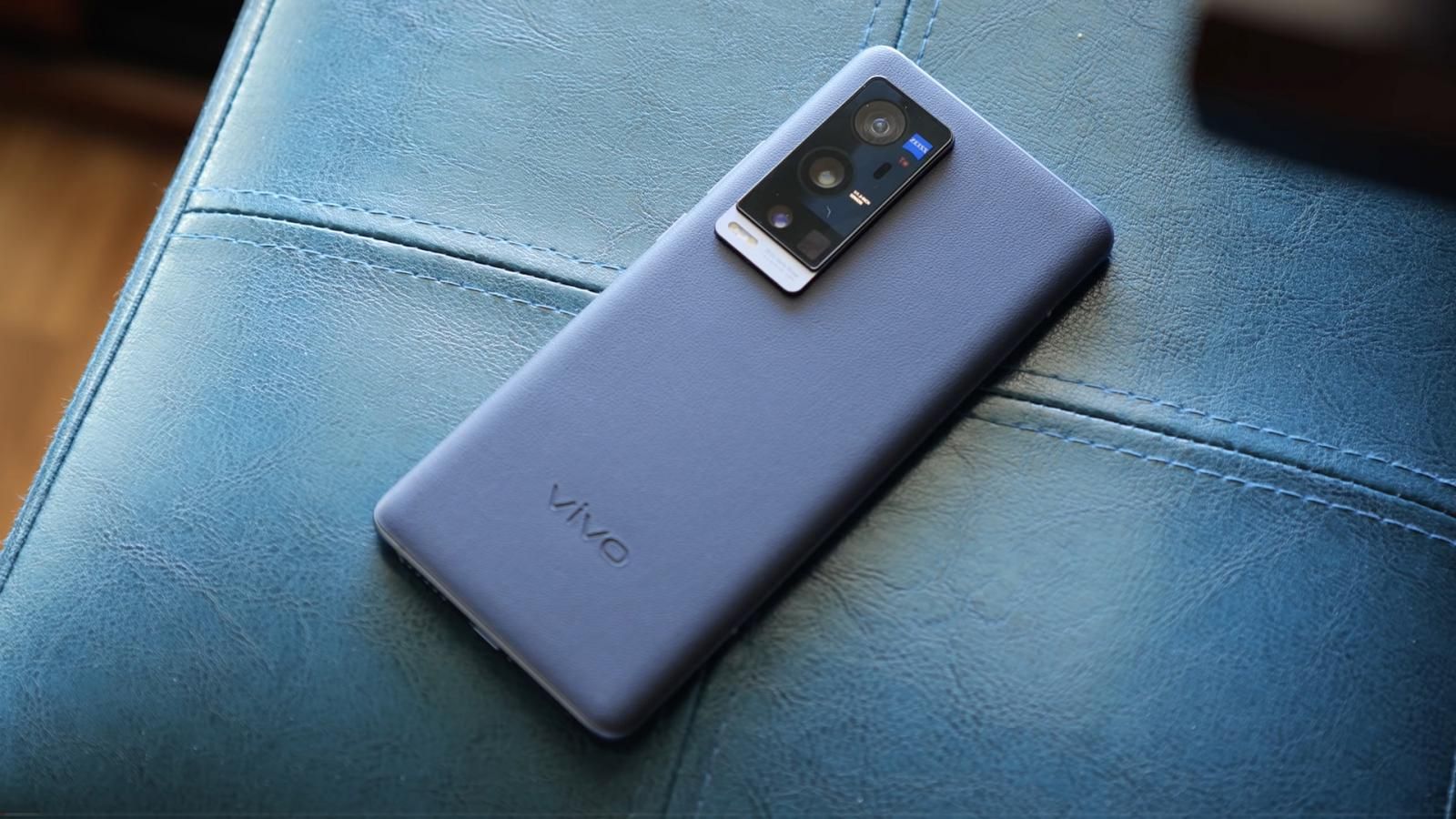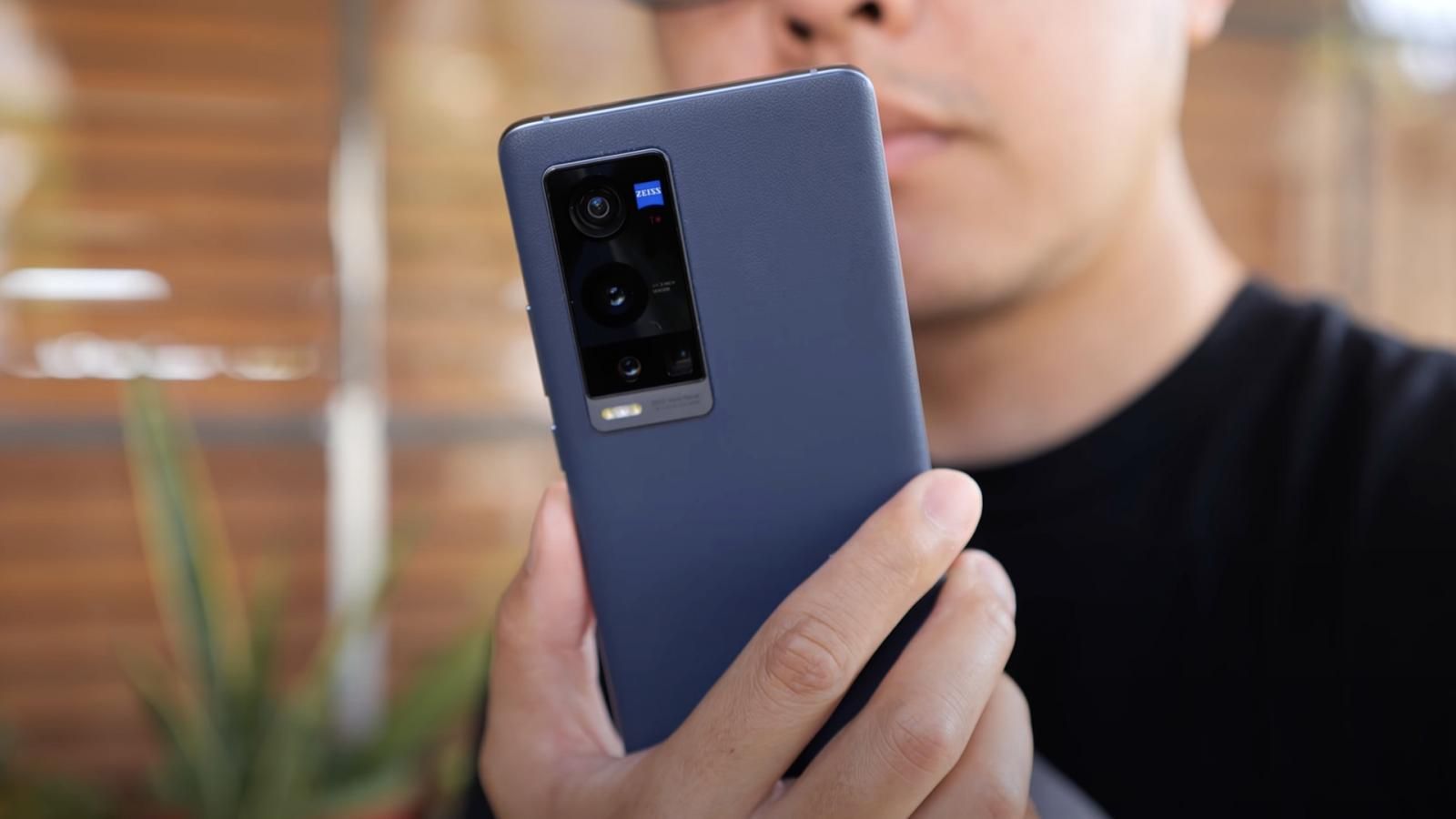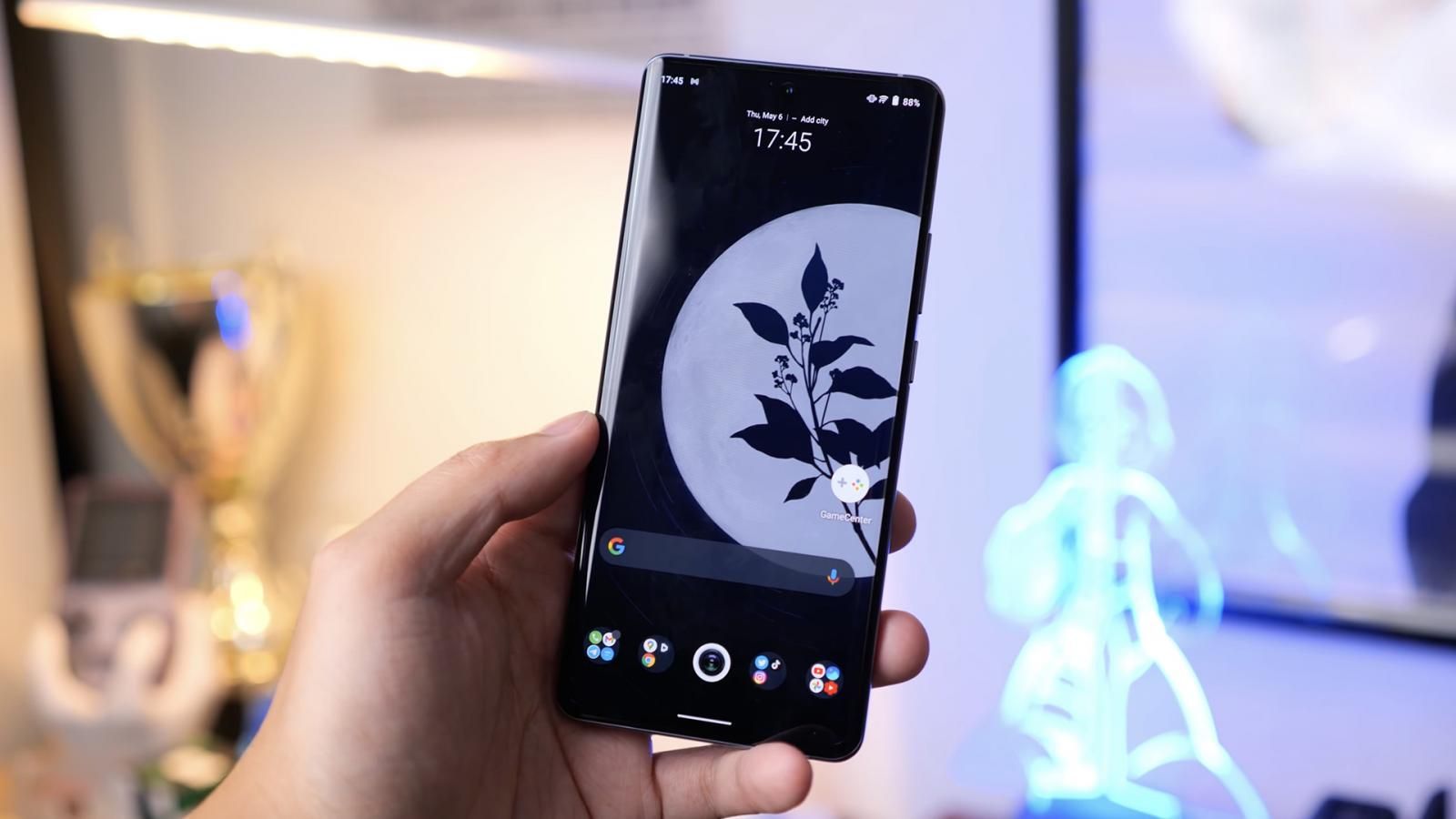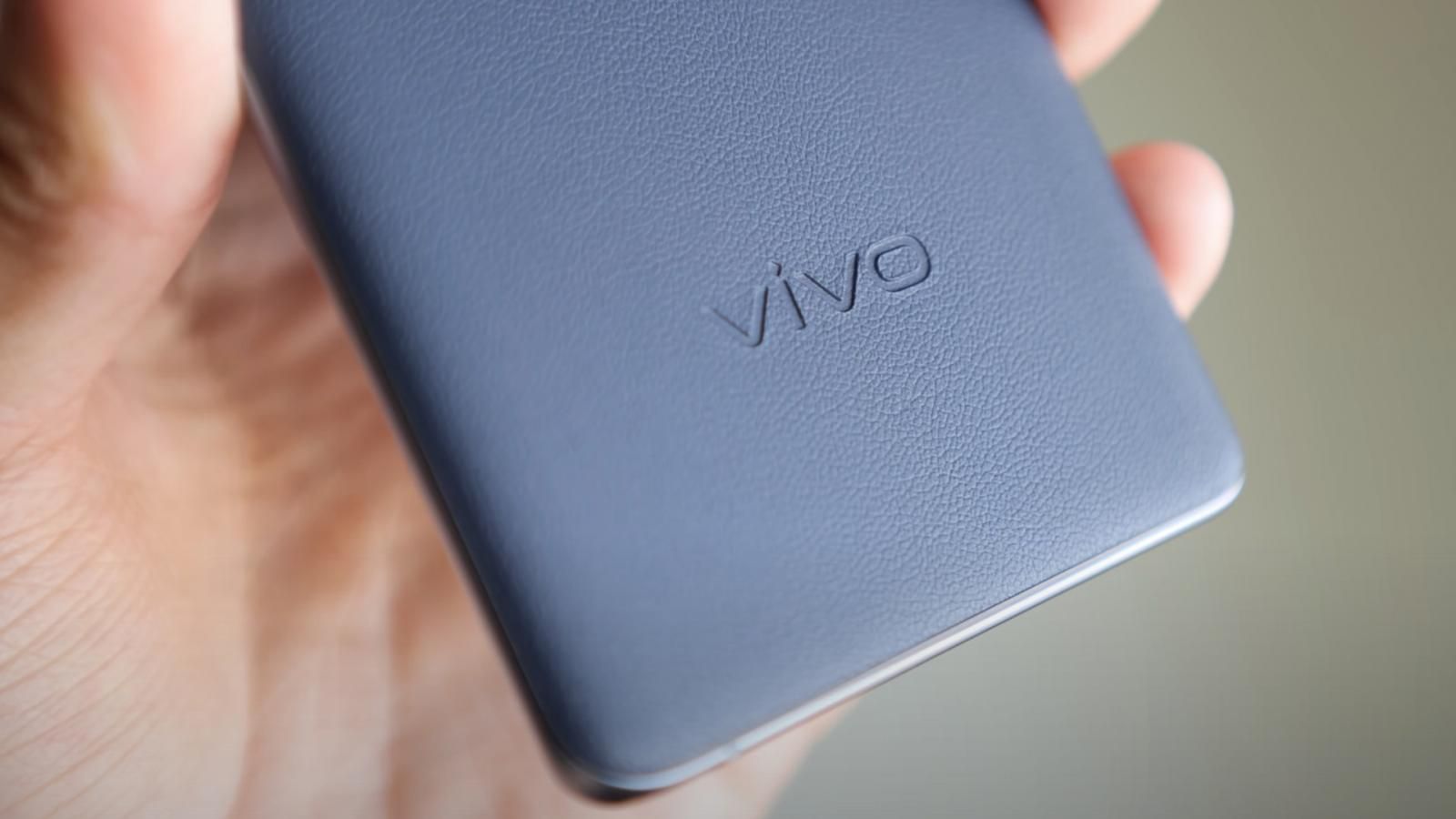Anton D. Nagy contributed to this Vivo X60 Pro+ review.
We have no shortage of what you might call high concept features (or gimmicks) in smartphones these days, but while camera advancements over the last couple of years were all about the zoom levels, Vivo decided to put their hardware focus on stabilization. And now we have the second generation of their gimbal-powered camera. But is everything about this phone nice and smooth? Here are my thoughts on the Vivo X60 Pro+.
Vivo X60 Pro+ review video
An impressively accessible shell
Multiple versions of the X60 line are available, but while the addition of ‘Plus’ might make you think it would be the largest of the set, I was surprised to find that the Vivo X60 Pro+ is a bit conservative. This phone is smaller than I expected, making the ergonomics one of the immediate highlights. One-handed usage is certainly better than on any of the phones that have ‘Ultra’ in their name, for sure. You still get plenty of screen with the 6.56 inch Super AMOLED display that rocks the side curves to minimize the overall footprint.
Vivo doesn’t go too hard with the design cues across the X60 Pro+, but a soft leather backing makes the phone stand out just enough while providing a bit of grip. It’s great to see materials like this being used, even if the blue colorway I have is a little more muted than, say, the orange edition. Even the camera bump, which holds a ton of potential within, doesn’t stick out too much, both figuratively or literally. It’s not shy about showing off, though — not only are the main sensor and the gimbal-toting wide-angle shooter pretty obvious, you of course get the Zeiss logo prominently displayed.
Finally, going around the frame, it’s business as usual for a high-end device. There’s no headphone jack, but there are dual stereo speakers and a USB-C charging port that supports 55W charging. There is no wireless charging, however, for that mostly average-sized 4,200mAh unit.
Xemplary performance
While there might be a somewhat modest exterior, it’s all hiding a set of powerful internals that are sure to please plenty of power users. Except for the battery life, which I just mentioned isn’t supported by the largest cell, this phone can give you high performance for screen on times that averaged around 5 hours for me. That screen is one of the parts of this high performance, though — the Super AMOLED screen that has a ton of different options for the always-on display is a Quad HD display which also sports a 120Hz refresh rate. The result is a daily smartphone experience that is super smooth, and we haven’t even gotten to the gimbal yet!
I’ve been putting the phone and its Snapdragon 888 through plenty of work and play. Should be no surprise that this processor can handle it all, with up to 12GB of RAM and up to 256GB of non-expandable onboard storage. Gaming in particular has been a joy because there are a lot of options to customize any gaming session. Heading into the settings, you can find a lot of settings for games ranging from notification suppression to performance boosts to quick shortcuts for floating apps on top. That last one has been an especially useful feature for putting Telegram in a floating window and then hiding it in a floating icon for safekeeping later. If only Wild Rift could support the full 120 frames per second on this phone.
Can be a bumpy ride
Despite how smooth the experience can be, there are some bumps along the way. The Funtouch OS interface is a bit of a throwback — in the sense that it reminds me of the less polished versions of other Chinese Android systems. Despite a litany customization options that include the overall interface theme and even the system font, some parts of the OS aren’t perfectly localized. Funtouch OS also suffers from settings overload — it’s easy to get overwhelmed by the granular control that Vivo does try to give you. You can certainly personalize the UI to your heart’s content, but plenty of other versions of Android have made strides to ensure most of the settings that could get in the way when all you need is a little more simplicity. And of course, I have to mention all of the ads and suggestions that are riddled across the interface. I can’t begin to tell you how many of these things I would never install, but Funtouch OS certainly thinks I should. Yes, you can turn those ads off, but it just furthers the notion of ‘more work to minimize.’
Well, maybe this isn’t a phone that you get for total simplicity — and that is definitely clear when you get to the camera. After all, this is a camera package that goes in on a few key aspects. The software is full of options partially because of the different hardware options available, which can be intimidating to the novice user. We’ll cover the different stabilizations still, but you definitely have to spend some time in the app to know when you want to get super stable or when you want to use one of the extra modes. There’s simply a ton going on with the software.
Go big or go far
So let’s look at the hardware. A 32MP shooter on the front allows for a myriad of beautification but is not capable of 4K video recording. This is a trend we’re seeing a lot of lately where the front-facing camera just doesn’t get that much by way of video. I don’t blame them as much as I used to because it seems there is a move toward using the rear cameras for practically everything.
Which makes sense when you put these powerful sensors on the back — the main sensor is the Samsung GN1, one of the largest seen in a smartphone. Given the large sensor size and the low aperture, the best part of this shooter is the native shallow depth of field that you can get without even using portrait mode. It also has good OIS, but not because of a gimbal. Vivo put the gimbal in the ultrawide sensor, which is still a powerful 48MP sensor. While it falls a bit short of the GN1 in terms of overall detail and dynamic range, it’s still a viable shooter that gets the smooth treatment.
Zoom isn’t neglected, however, as there are two telephoto shooters on here — a more traditional 2x zoomer at 32MP and an 8MP periscope 5x zoom. Together, the hybrid zoom that is possible goes really far, but ultimately it means that the most practical ranges up to 10x are properly rendered.
On the photo side, the X60 Pro+ does a great job in all respects, especially with the Samsung GN1 providing some incredible results. The ultrawide does a good job but it pales in most aspects when put next to the GN1. Dynamic range can use a boost and as per usual, the ultrawide has very little by way of subject separation. It’s all about getting everything in that dynamic look. Perhaps that’s why this is where the gimbal gets installed.
Smooth, yet uneven
Vivo’s gimbal stabilization reaches its second generation, lending steady shooting to the wide-angle lens for both photos and videos. While all of the different features in the camera app are enticing, obviously the biggest story here is how smooth video footage can turn out to be. One thing that I really enjoy about the gimbal or OIS stabilization is that Vivo added a visual cue for you to understand smooth movement. The X60 Pro+ — or any gimbal enhanced camera system, for that matter — is not meant to fix all of your problems. Any movements that are jerky or sudden will still come off as such, with the gimbal only providing marginal help. So, you’re given a dot on the viewfinder within a couple of circles. Ideally, you want to keep the dot in the first circle, minimizing the movements that make it go beyond. Sure, you might end up moving slower than you thought you might, but the footage comes out looking really steady. Get creative with your moves, putting foreground elements to reveal new subjects; do a parallax pan around a subject, or just walk with more purpose to keep that dot where it is, resulting in smoother footage than on any other phone.
You have multiple levels of stabilization that add layers to the hardware gimbal — SuperSteady, for example, crops into the footage to add a software boost. But ultimately the gimbal does its job quite well when you’re also putting in the effort. I would stop short of saying it fixes everything, and thus it’s not quite the killer app that makes this phone immediately eclipse the rest.
That’s also because even Vivo unwittingly makes this clear with the main sensor, putting more traditional OIS on it and giving the viewfinder the same visual cue. While the gimbal gives the wide-angle camera some enhancement, ultimately the main sensor does a really good job too — when you add in the same amount of deliberate movement. Given that the sensor of the GN1 is large, the OIS hardware has to follow suit — so in a way, the combination of the GN1 and the stabilizer matches the wide-angle and Vivo’s gimbal. While that hardware matching is thoughtful, it begs the question of whether or not a gimbal actually rises far and beyond what OIS already provides.
Balancing act
And that’s where I land with the Vivo X60 Pro+, just like I did with the previous gimbal-enhanced camera phone — questioning whether or not a serious creator would actually want to put down the money for Vivo’s admittedly interesting take on a smartphone camera when the same effects can be had with the right moves or the right tools, if necessary. The camera system is great, benefitting from a lot of thought put into every major aspect a flagship camera system should have — zoom if you need it, a good-enough front-facing camera, a great main sensor, and an ultrawide that gets some extra help. And it’s not like the camera app is a slouch — processing in both photos and videos turns out quite nice when you get it right, even if it takes some getting used to overcome the overwhelming amount of options, settings, and features.
So if you do want the absolute best and you think the gimbal will properly benefit you, Vivo has succeeded. I just don’t really know that many users who would look to the system as the end all be all. Not to mention the capable camera is just one app in an operating system that still needs some time and work to mature. Vivo is on the right track, all things considered — the X series continues to be unique and eye-catching and has more polish than ever despite some continued need for more. Competitors with the same specs and capabilities tend to cost way more, which is a feather in Vivo’s camp — so if the camera is your biggest concern in a smartphone, there’s no question the X60 Pro+ will fit your bill. Just bear in mind it’ll take a little extra work from you, just like in the camera, to steady the everyday experience, as well.

